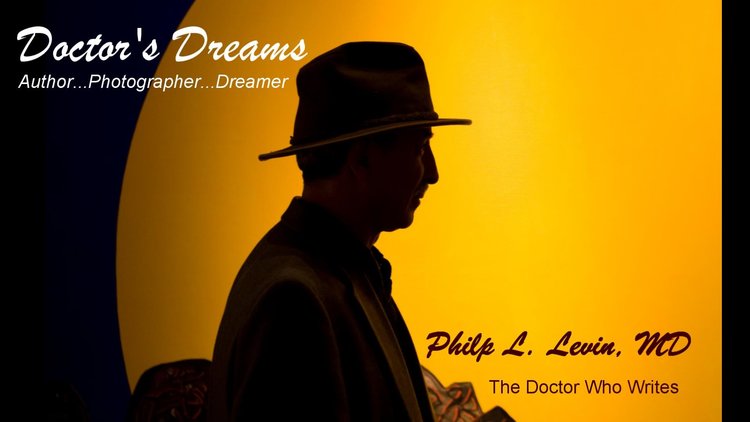Eight a.m. this Friday morning, I pulled up to the Gruich Community Center. I’d been assigned as the “doctor consultant” for Memorial Hospital’s outreach vaccine administration extravaganza. The city of Biloxi had donated the facility’s use for the day, and by the time I arrived fifty Hospital employees manned their stations. Their ambition; vaccinate 1200 people within the next seven hours.
Over the past seven months I’ve staffed three of Memorial’s COVID testing stations. These involved drive-up situations, no appointment needed. This would be my first shift at a vaccination center.
Memorial began providing vaccinations for the public on January 7th. They set up a center at the D’Iberville Community Center, and, unlike the testing centers, this required scheduling an appointment. After receiving the vaccine, each person had to be observed for fifteen minutes before release to insure no one had one of the rare adverse reactions.
Initially restricted to those over 75 years of age or those with serious health conditions, the age barrier has been lowered to its current cut-off of 50. Age limits are waved for certain high-risk situations, such as those living in a nursing facility or working as a healthcare provider. Most of my friends have joined me in being fully vaccinated. It gives one a sense of being armored!
One of the nationwide issues in vaccine distribution has been providing access to those in the community without transportation. Memorial’s solution has been to target these areas with these one-day centers in the poorer urban areas. Setting up the night before, Hospital employees transformed this expansive13,000 square foot sports floor into a vaccination machine.
I marveled at the well-organized set up. As each client (if I might call them that) entered the Gruich Center’s front door, they came into a small foyer with a greeting table on each side. Two Hospital employees manned each table, checking in those who’d made appointments and walk-ins as well. The clerks handed each client a clipboard with a single page registration form and a six page “Fact Sheet for Recipients and Caregivers” about the Pfizer Vaccine.
Inside, the floor had been bisected by a row of 14 black-draped vaccination booths. On the entry side, four dozen chairs, scattered at six-foot “safe-distance” arrangements, provided seating opportunities for clients to fill out the registration form. Name, birthdate, address, and phone number occupied the top section. Below, the form listed five “Yes or No” questions. Do you have a fever? Have you been diagnosed with COVID in the prior 90 days? Have you received other vaccinations in the past four weeks? Have you ever had a severe allergic reaction? Are you pregnant or lactating?
Here is where I did most of my work. A lot of people have had allergic reactions in their past, such as to bee stings, shellfish, or antibiotics. Fortunately, only severe allergic reactions to vaccines would disqualify a recipient. I reassured those with concerns, advising them that we had an experienced emergency physician on site (me) as well as emergency medications. Throughout the seven-hour event, I spoke with about forty clients. The sheet also mentioned possible complications with implants. I explained that getting the virus posed a higher risk of inflammation to these foreign objects than did the vaccine.
After the client completed the registration form, a trio of nurses directed each to one of the fourteen vaccination booths, staffed by Hospital employees trained to administer the vaccine. In on the north side of the booth, the client received the vaccine and a sticker that gave a time 15-minutes in the future. Out the south side of the booth, they’d choose one of the eighty chairs set up on the other two thirds of the Center’s floor. Here the recipient would rest, receive a bottle of water and an energy bar, and wait for the timekeeper to call out the time on their sticker so they could leave. Everyone was reminded that they needed to return in three weeks for the second shot. The vaccine and its administration were provided at no cost to whomever walked in the door.
The Hospital administrators’ organizational skills insured a smooth operation. One station held five pharmacy techs rapidly preparing vaccine syringes. Another table hosted six computer attended ladies entering the registration information and arranging follow up visits. Yet another provided opportunities for citizens to join the Hospital’s Portal system, a method of communicating with physicians and setting up appointments from a home computer. One spot provided an opportunity to sign up as organ donators. All workers received box lunches.
By the end of the session, we had administered 1050 of our 1200 allocated dosages. As of March 6th, 90 million COVID-19 vaccine dosages have been administered in the United States to almost 60 million people. That’s nearly 20% of the population. Across the country, we’re averaging 2 million doses a day. At this rate, every person in this country will have the opportunity to be vaccinated by the end of May. Once this has been accomplished, we truly can return to near-normal, including crowds at concerts, movie theatres, and sporting events.
In all the vaccine programs Memorial has administered, we haven’t had a single serious reaction. While receiving the vaccine does not guarantee the person won’t become infected with the virus, it does almost completely eliminate the risk of the infection being so bad as to require hospitalization or cause death. I’m incredibly proud of my hospital and the part we’re playing in saving lives. Don’t hesitate. If you haven’t had your vaccine, call Memorial’s COVID-19 Hotline at 228-867-5000 for an appointment, or the service provider nearest you.
